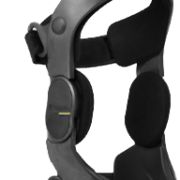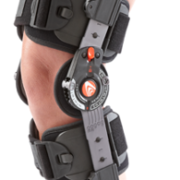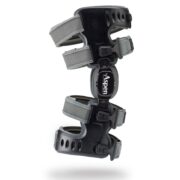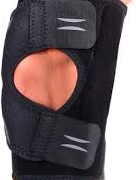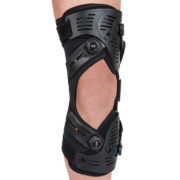Let’s look at some ACL tear basics and the common waysof treating this condition.
What is ACL?
ACL stands for anterior cruciate ligament and this term refers to the ligament in the center of the knee joint. Together with the posterior cruciate ligament (PCL), it plays a large role in the forwards and backward motion of your knee. Since the ACL is a critical component of your body’s physiology, ACL tear injuries can seriously disrupt your mobility and day-to-day routine.
How Does the ACL Become Injured?
Most ACL tear injuriesoccur as a result of athletic activities. Sports like running, football, basketball, and soccer are sports that can put a lot of strain on your knee. Changing direction quickly, pivoting, stopping sharply, or even landing from a jump in an awkward way can stretch or even split your ACL.
However, ACL tears can happen to non-athletes as well. Poor muscular conditioning and a lack of trained neuromuscular control can lead to ACL injuries from day-to-day activities or accidents.
What are the Symptoms of an ACL Tear Injury?
The severity of an ACL tear injury is gauged on how badly the ligament is stretched or torn. If you have only stretched the ACL slightly, you may still be able to have some stability when walking. However, if you have completely torn your ACL, then you will notice that your knee joint is unstable.
When the injury occurs, you may hear a popping sound and experience your knee giving out under your weight. You will likely notice a loss in the range of motion of your knee joint and significant discomfort when attempting to walk normally.
You will almost certainly notice swelling and some pain around the site of the injury. This is a natural bodily reaction to the ACL injury and indicative of your need to seek medical treatment.
Treatment for ACL Injuries
To confirm that your symptoms are the result of anACL tear injury, a trained physician can typically examine your knee and compare it to your non-injured leg to make a diagnosis. If there is still some uncertainty, a comprehensive examination with X-rays and MRI scans can be conducted.
To maximize chances of full recovery, there are both surgical and nonsurgical methods available to treat an ACL tear injury. If your daily activity level is low or you are an older patient, you may find relief and restored functionality simply by being fitted with a knee brace and a course of physical therapy. However, this does not actually heal the ACL.
If you are an athlete or want to return to a high-activity lifestyle, then tissue graft surgery may be necessary to replace the ACL tissue that has been damaged. In these cases, you will receive a “new ACL” from tissue elsewhere in your body or from a donor.
Recovery from ACL surgery can take some time. It is important that you refrain from heavy activity and high-impact sports during the healing process. Typical recovery times for ACL surgery patients range from three to six months (at which time you may be able to slowly return to athletic activities.
There is hope for treating an ACL tear injury. Keeping in mind that the condition is serious and will have a big impact on your day-to-day mobility is important. However, if you are diligent with in following the instructions of your physician and prescribed physical therapy, you will be able to get back on your feet in no time.
